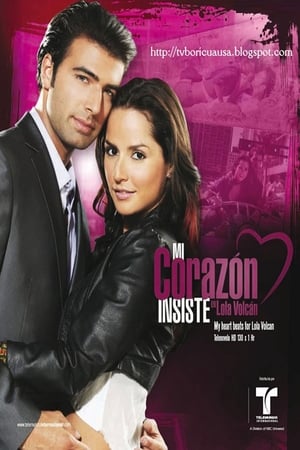2015-09-07
Phil builds a balloon powered car in the lab. Then he tries to make one big enough to ride. Can the Science Max build team find a big enough balloon? Or are balloons the way to go? Plus, Newton's Cradle out of bowling balls, how Guinea Pigs got their name and Newton's 3rd Law.
2015-09-14
Phil starts with a Popsicle stick catapult. Then he uses everything he knows about elastic energy to build a full-size catapult that hurls pumpkins! Plus, a maxed out paddle wheel boat and a historical re-enactment (sort of) of how catapults were used in medieval days.
2015-09-21
Phil starts with a balloon powered hover disc, then tries to make a maxed out version big enough to ride. In fact, why not make two and then race them! Phil also tries to use the power of friction to climb the walls and even to fly.
2015-09-29
Ever wanted to build a bridge out of pasta? It's not too hard and works better than you'd think. But what if we were to try to make a pasta bridge big enough for Phil to walk across? Plus, learn how to build a sandcastle you can stand on!
2015-10-05
Magnets have poles - when you put opposite ones together, they attract. But when you but the same ones together, they repel. Could we find magnets powerful enough to repel each other and float Phil off the ground? Plus, watch magnets defy gravity all on their own.
2015-10-12
What makes boats float? Tinfoil doesn't float, but a boat made of tinfoil does. It's all about how you build it. Watch as Phil builds his human-sized tinfoil boat wrong several times before he figures it out. Plus, Phil gets into a tub full of the main ingredient in diapers. Why would he do such a thing? For Science!
2015-10-19
The old 'vinegar and baking soda volcano' needs an overhaul. What happens if we use 60 times as much? What about using 100% acid? What about even more reactive chemicals? Plus, Phil coats his whole outfit in hydrophobic spray and gets in the pool. Will he stay dry? Find out!
2015-10-26
Learn how to use air pressure to make your own, home-made rocket out of a plastic water bottle. Phil maxes this out by using stronger bottles and even over-pressurizing them and finally by building a giant rocket out of plastic bottles. Plus, we blow up a bottle with liquid nitrogen and crush a steel drum using nothing but the air pressure around us every day.
2015-11-02
What good is Science if you can't use it to give you super strength? Phil does just that using the power of simple machines to move, lift and roll a machine he could barely budge otherwise. Plus, lift yourself with one finger and watch cavemen discover the wheel.
2015-11-09
Solid, Liquid, Gas and all the things in-between. What's in between? Cornstarch mud. Sometimes it's a liquid, but sometimes a solid. Phil fills a giant trough with it to see if it's solid enough to run across. Plus, giant rock candy, giant bubbles and a giant sledgehammer made out of a frozen pumpkin.
2015-11-16
Start by learning how to fold the paper airplane that won the long distance record. Then Phil tries to make a giant paper airplane to see if it will still fly. Turns out, its way harder than you'd think. Plus, terminal velocity and indoor tornadoes!
2015-11-23
How can you balance a potato on a stick? And, more importantly, can Phil balance on a tightrope using the same science? What's better for balance, staying put or using something that spins? Phil walks the tightrope then designs a gyroscopic stabilization backpack.
2015-11-30
Phil builds a small drag racer in the lab that uses the inertia of its wheels to move. Then he tries to max it out. The final experiment involves a jacked up car and a large frame with Phil riding it. Plus, Newton's laws, pulling a tablecloth without breaking the dishes and a caveman trying to break down a door.















